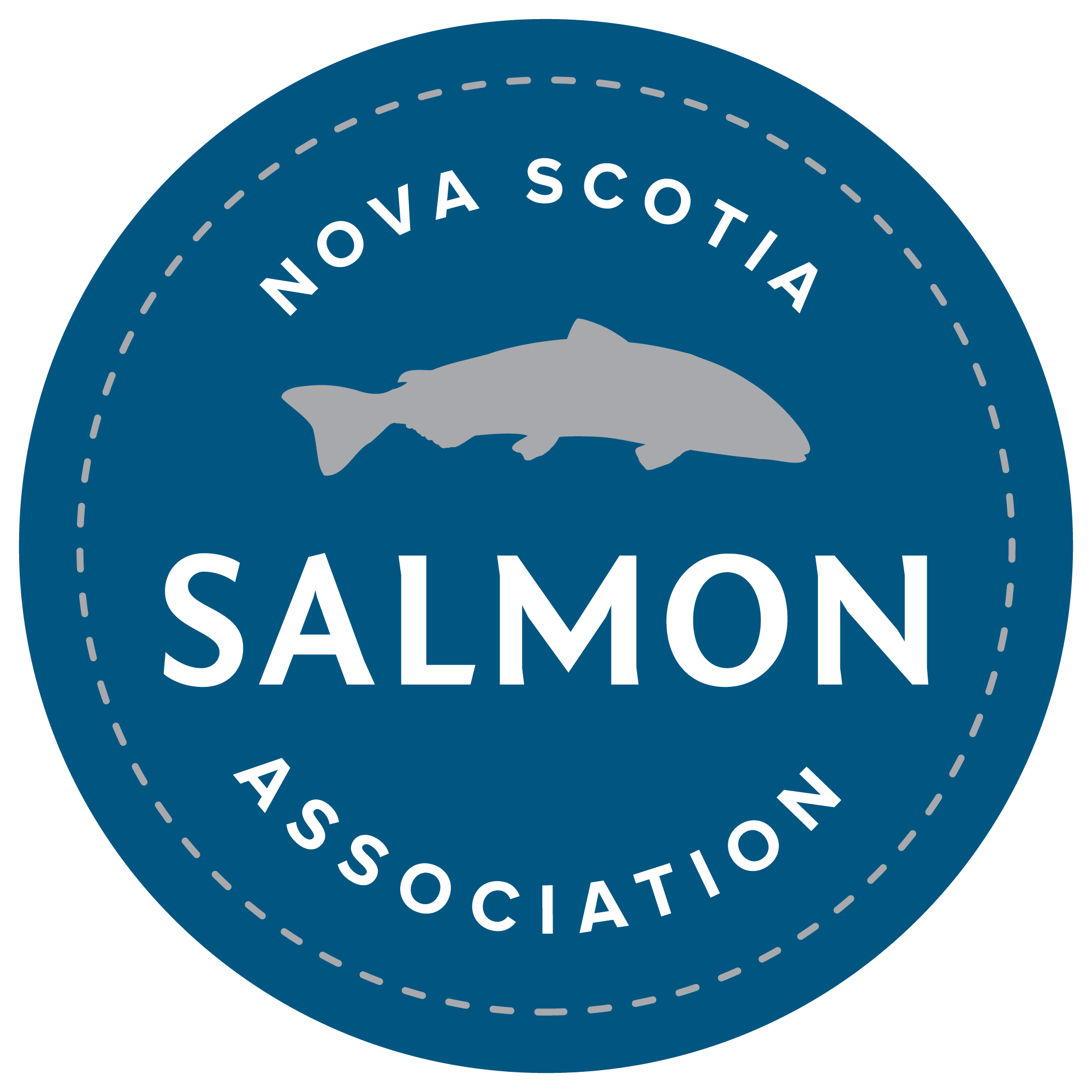
Acid Rain
For decades, acid rain has silently reshaped the ecology of Nova Scotia’s Southern Uplands, particularly along the Atlantic coast. As a result of long-range industrial pollution, acidic precipitation has leached essential minerals from soils and lowered the pH of rivers and streams. This has devastated aquatic ecosystems and critically harmed wild Atlantic salmon and trout populations. In some watersheds, the water is now so acidic that salmon and trout eggs can no longer survive.
This damage is generational. Acid rain altered the chemistry of our watersheds so profoundly that natural recovery is not occurring at a meaningful pace, even though acid rain itself has declined. Many of the rivers impacted in the 1970s and ’80s remain inhospitable to salmonids today. Without intervention, they will stay that way for generations to come.
The Nova Scotia Salmon Association has spent over 20 years developing and implementing a proven solution: watershed liming. By adding alkaline materials – namely limestone – directly to acidic rivers or to their headwaters, we can restore water chemistry to safe levels. Through strategic liming projects and the installation of lime dosers (automated systems that add precise amounts of lime to rivers year-round), we’ve already seen measurable success. In key rivers like the West River Sheet Harbour, wild salmon are returning and reproducing naturally for the first time in decades.
But the scope of the problem is large. Over 50 rivers in Nova Scotia’s Southern Uplands remain acidified and require intervention. The technology and expertise exist, but expansion depends on securing the resources to build and operate additional lime dosers, monitor recovery, and work with communities to protect these rivers long term.
With continued support, we can reverse this legacy of environmental harm and give our rivers, and their wild native species’, the future they deserve.
